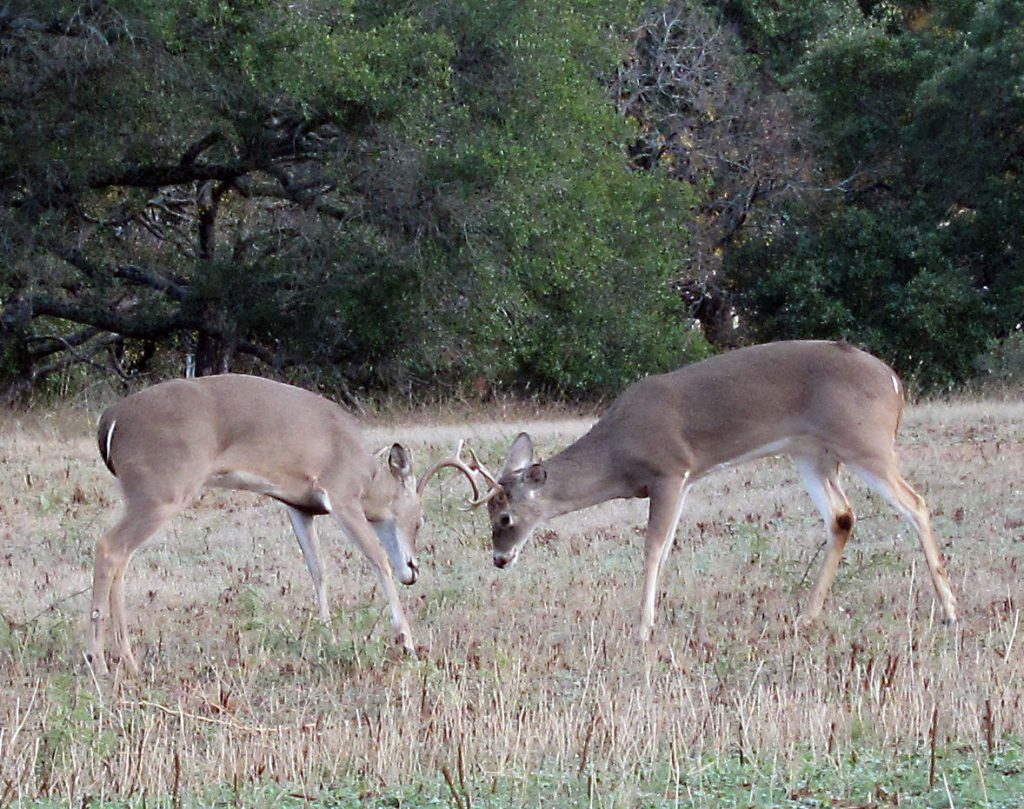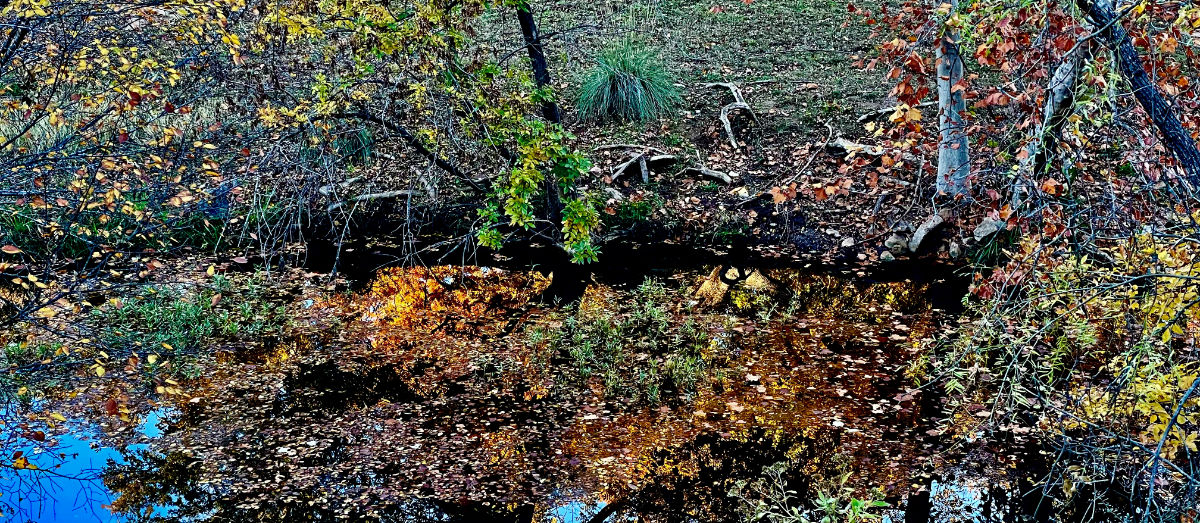Chanukah samayach, y’all! Today is, as you all know, the first day of Hanukkah, and even if you’re not Jewish, you have to appreciate an observance that places special emphasis on fried foods. And it’s also National Cotton Candy Day, so be sure your stock of bismuth subsalicylate is sufficient.
I’m killing two birds with one stone today — not literally; get thee behind me PETA! — by doing a Neighborhood Nature post disguised as a Random Thursday post…or is it the other way ’round? Well, anyway, there’s been some interesting things afoot in the Casa Fire Ant microenvironment.
But first, just to keep with the randomness of Thursdays, if you’re looking for a Christmas hint for me, you could do much worse than a 2024 Ducati DesertX off-road motorcycle.

It’s been decades since I last owned a motorcycle — a big honkin’ Yamaha XS1100 — and I’m fairly certain that I’ll never have another one, but a Ducati has always been kind of an aspirational dream for me. The Italian company makes bikes that transcend mortal dreams; its Superleggera V4 makes 234 horsepower whilst tipping the scales at just 336 pounds, which puts the Bugatti Chiron Super Sport 300+ to shame? Did I mention that the Bugatti costs $4 million…or 40 times as much as the Ducati? (Of course, I can’t afford either one — are you doing the math in your head on the Ducati’s price? — so that’s just an interesting factoid. But if you care to stretch your Christmas shopping budget a teensy bit, the Bugatti is also on my list.)
Anyway, the DesertX doesn’t pretend to compete with a racing bike like the Superleggera, but it would be a killer off-road machine (and, again, don’t take that literally).
OK, enough of the irrelevant randomness. Here’s some cool nature stuff…

Late yesterday afternoon I was in our back yard and spotted this whitetail buck in the vacant lot on the east side of ours. I took a few photos, none of which turned out very well thanks to the poor lighting and excessive zoom.


I then walked to the other side of the yard, and a group of seven does were in the vacant lot to our west.

This is a great time of year for deer-watching, but those animals are one (of the many) reasons I’ll not have another motorcycle. They tend to claim the right-of-way on highways, no matter the circumstances or the alertness/skill of vehicular operators.

Can any of you hazard a guess as to the identity of this evil-looking creature:


That scary-looking death-dealing machine-bug is actually a very tiny (1/8″) larva of the Asian lady beetle (Harmonia axyridis). It’s native to eastern Asia but has been introduced to and is now widespread in the United States. But unlike many (most?) invasive non-native species of organisms, this one is quite beneficial in controlling aphids and scale insects.
The larva phase is the second step in the beetle’s life cycle, the first of course being the egg.
The third phase of this life cycle is the pupa, and I was fortunate to run across one of these as well. I first mistook it for a weird-looking pillbug:


It will remain in this phase for one or two weeks before emerging as an adult.


In addition to the Asian lady beetle, I also spotted another species:

This is an Ashy gray lady beetle (Olla v-nigrum). It’s primarily a Western Hemisphere species. I did not spot any larvae of this species; they’re described as being smooth, rather than spiky like the Asian lady beetle larvae.
As an interesting aside, lady beetles can release a fluid called hemolymph when threatened; its chemical makeup can be toxic to predators. It’s harmless for humans unless there’s an allergic reaction, but in sufficient quantities, the hemolymph of some species can be toxic to even larger animals such as dogs. Lesson there? Don’t let your pup eat ladybugs!
So, right about now you’re probably thinking, wow, Eric…you sure do know a lot about insects and stuff. To which I reply, piffle-paffle. All I really have is an aggressive form of curiosity. And to paraphrase a famous not-real character, I’ve always relied on the intelligence of strangers, albeit ones with verifiable credentials. For example, I had no idea about the identity of the larvae I described above, so I submitted a photo to a Facebook group called Antman’s Hill (I know; strange name, but that goes with the territory for a bunch of amateur and professional entomologists). An ID was quickly provided, and I took it from there. I took a different route in getting an ID for the Ashy gray lady beetle above, as googling the photo yielded some conflicting identifications. I have an account with an invaluable resource called iNaturalist, which is a website/app that collects sightings of plant and animal life from all over the world and continually updates its database to plot the range of those organisms. I had guessed at the identification of the white beetle and uploaded the photo along with my ID. The next day, my observation was corrected by an actual expert and it now shows the proper species. Anyone can join iNaturalist and add their observations to its database, and I strongly encourage you to do that if you have even a passing interest in the natural world around you. It might even help an itinerant blogger avoid misleading reporting.

So, I was going to end today’s post with the preceding ladybug discussion, but Debbie and I were returning home from running an errand and we spotted something too interesting to ignore. Some of you will immediately know what the following photo is all about.

I stopped the truck and took a series of photos through the passenger window as these two whitetail bucks attempted to assert domination and impress a potential mate.

To be honest, it was a pretty halfhearted bout. We could clearly hear the clacking of the antlers from fifty yards away, but neither buck astonished us with his zeal for victory.

After a couple of minutes, the buck on the right — or was it the one on the left? I couldn’t really tell you — abruptly backed away, turned his back, and moseyed off, as if bored to tears. We couldn’t decide whether that meant he’d won or lost, not being schooled in the manly art of antler locking.
There were actually a few more does in the vicinity, more than enough to go around, so I suppose that in the end, a declaration of victory didn’t really matter to anyone. It was still a fun thing to watch.
Discover more from The Fire Ant Gazette
Subscribe to get the latest posts sent to your email.

